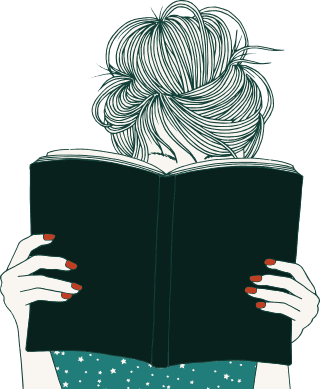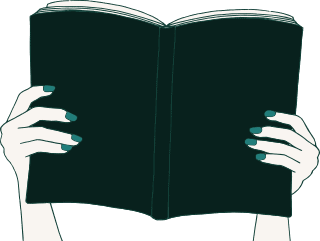We study 800 children’s books by means of different methods. Some of the analyses are conducted with computer programmes. Computers look for patterns in hundreds of books – more books than a reader can oversee. This often generates surprising results: did you know that much more is said about food when Harry Potter is a tween than when he is a teenager? By studying children’s books attentively and by talking about these books, we want to stimulate dialogue about age and draw attention to the similarities and differences between people in all phases of life.

We study different aspects of age in 800 British, Dutch and Flemish children’s books.
We are focusing on a period of 50 years, from 1970 to 2020.
The age of the author
Do young authors write differently about a particular age category compared to older authors? Do authors write about different subjects or do they choose other kinds of characters when they age themselves? We are researching oeuvres of authors who have a long writing career, who made their debuts at a young age and / or who kept publishing books well into old age. To do so, we use digital methods, interviews with authors, and text analysis.
The age of the target audience
Some authors write for different target audiences, such as children and adults, or children in different age categories. Obviously, authors will adjust their style and topics accordingly, but how do they do that exactly? To find out, we use digital methods, we interview authors and we analyse their texts.
The age of the reader
We are looking into whether readers of different ages interpret books differently. Does age play a role regarding which kinds of themes readers emphasize during the reading process, or regarding which kinds of characters they like? To explore these questions, we are interviewing readers and generating discussions with readers of different ages.
Age across media
We are also testing our discoveries on age in children’s literature against other media. Do views on age change when books are adapted for television and film, for example? How do these media use visual language in order to convey age? And can we discern an effect of the dual audience when it comes to family films?
We use different research methods.
Interviews with authors
We ask authors how age impacted their work and whether they take the target audience into account when writing.
Interviews with readers
We give readers of different ages the same book to read and then we interview them about their reading experiences and their interpretations of the book. Afterwards, they can talk about the book with readers of other ages. Register here if you would also like to contribute to this research.
Digital text analysis
Computers help us to find patterns that regular readers do not notice. We have developed a method to annotate age in literature (or, to add notes to age-related details in books), and we have written scripts that can discern patterns. In this way, digital stylometry can help us trace differences in style: do authors’ styles evolve as they get older? Do they adjust their style to the age of the target audience? We use topic modelling to analyse speech components of characters. How does language usage differ between younger and older characters? Which subjects do they talk about? Do these factors depend on the age of the author or the age of the target audience? By means of parsing, we look for adjectives, verbs, possessions, and nicknames that are linked to characters of certain ages. You can find out more about our digital method and our scripts here.
Narrative analysis
A selection of books and adaptations of books for film, theatre or games are being researched more thoroughly in light of theories such as age studies, children’s literature studies and cognitive narratology. We explore how ideas about age can play a role in experiences of stories and how images contribute to this.
